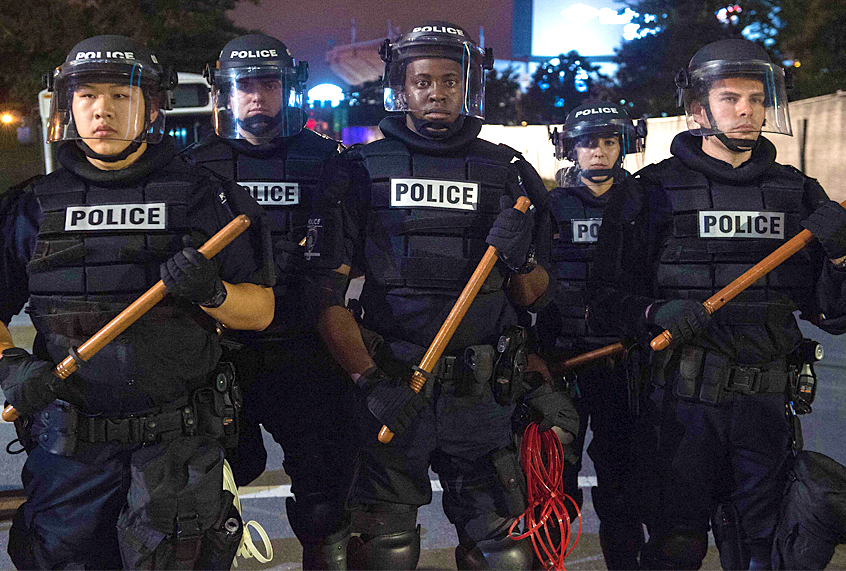A Harvard University study has revealed that more than half of all police killings in the U.S. in 2015 had been reported incorrectly and thus were not classified as such. In these cases, citizens who were killed in an altercation with law enforcement were mislabeled and thus not recorded as having died at the hands of law enforcement.
This suggests that the statistics regarding the number of American citizens killed by police have been drastically underestimated — in 2015, and likely in other years if the problem proves as systemic as it appears from the study.
The Harvard study revealed that the government’s data regarding citizens killed by law enforcement was both questionable and inaccurate in many cases.
“Right now the data quality is bad and unacceptable,” lead researcher Justin Feldman told The Guardian. “To effectively address the problem of law enforcement-related deaths, the public needs better data about who is being killed, where, and under what circumstances.”
The Guardian began tracking police killings with “an interactive, crowdsourced database” called “The Counted” in 2015. The Harvard study used data collected by The Counted and compared it with the National Vital Statistics System (NVSS), a dataset used by the Centers for Disease Control and Prevention (CDC).
The NVSS data “was found to have misclassified 55.2 percent of all police killings, with the errors occurring disproportionately in low-income jurisdictions,” The Guardian reported.
In 1949 NVSS data added a new cause-of-death category titled “legal intervention.” Generally, the onus is on local medical examiners and coroners to mark cause-of-death in the correct category. This information is recorded on death certificates and then sent to the CDC.
The Harvard study found that the “legal intervention” category had been misused. The Guardian elaborated:
To assess how accurately that classification was being used, the team took the 1,146 police-related deaths recorded by The Counted in 2015, removed 60 cases that did not fit the criteria of the CDC’s “legal intervention” category and requested death certificate data for the remaining 1,086 individuals. They found that a majority, 599 deaths, were classified as resulting from something other than legal intervention – principally “assault.”
Accuracy varied between states. For example, in Washington state, 17.6 percent of cases that should been ticked as deaths due to “legal intervention” (read: deaths at the hands of police) were misclassified. In Oklahoma, 100 percent were.
“[Oklahoma] had more than 30 people” who were killed by police in 2015, Feldman told The Guardian. “None of them were counted on death certificates.”
He added, “We hope that this paper is a call to action to improve public health reporting, whether that’s following a method like the Guardian did by integrating media sources better, or by changing the policy around requiring clinicians [medical examiners and coroners] to report these deaths.”
The problem is unique to law enforcement-related deaths. A 2014 study of homicides showed that 99 percent were recorded accurately on death certificates, The Guardian reported.
Unsurprisingly, the misclassification mistakes appeared disproportionately in low-income areas. The vast majority of police killings occur in neighborhoods with average household incomes under $100,000.
The Harvard study shines light on the violent trend of police killings in the United States, a topic that has been in the public spotlight for the past few years. Law enforcement agencies in other countries are far more effective at battling crime without producing as many deaths. Some researchers believe this disparity is due to differences in training and American gun laws.
Law enforcement in the U.S. is on track to kill 1,000 people this year, which would make it the third such year in a row that the numbers have been in the four-figure range.
President Donald Trump has indicated that he has no intention of fighting abuse or systemic racism within American law enforcement. Since his campaign, the president has encouraged police brutality, revamped the war on drugs and publicly berated NFL athletes who sought to draw attention to the issue of systemic police killings of African-Americans.


